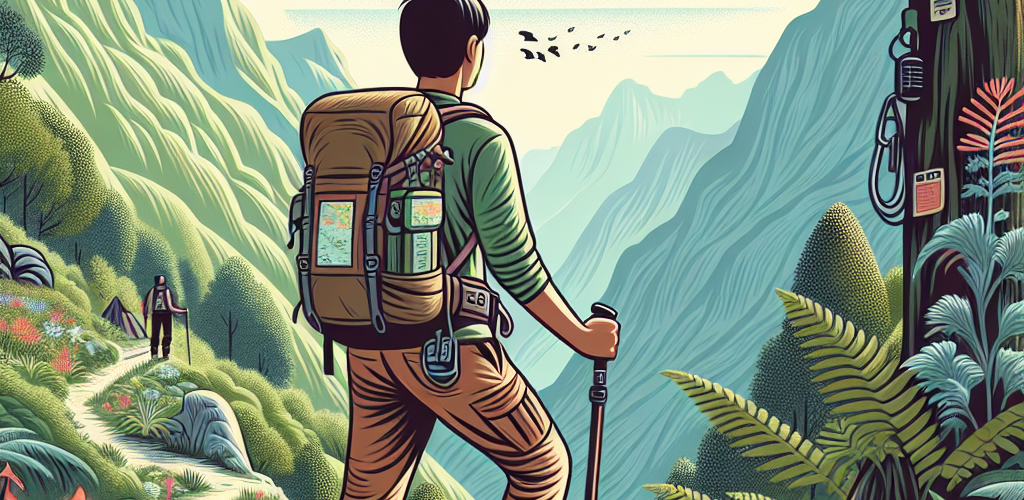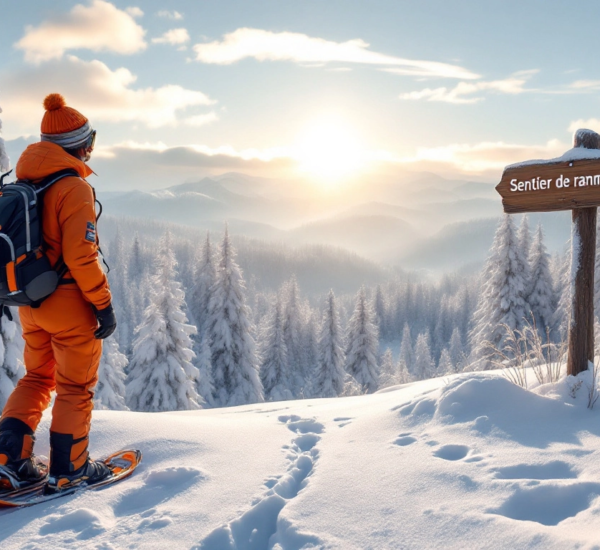by SEOMASTER2024
Exploring the great outdoors on a solo hike can be an exhilarating experience. However, venturing alone into nature demands preparation and awareness to ensure safety and enjoyment. In this article, you’ll learn how solo hikers can stay safe on the trails while walking with confidence.
1. Proper Preparation
Research Your Trail
Before your journey, invest time in thorough research. Understand the trail’s difficulty, wildlife, weather conditions, and terrain. Online resources and apps like AllTrails can offer valuable insights.
Physical Conditioning
Ensure you’re physically fit for the hike’s demands. Start with shorter walks and incrementally increase your stamina. This can prevent injuries and boost confidence.
2. Essential Gear
Navigation Tools
A map and a reliable GPS device are crucial. In unfamiliar terrain, these tools can guide you back to safety if you stray off course, ensuring peace of mind.
Clothing and Footwear
Select clothing suitable for the season. Layers work best to adapt to changing temperatures. Sturdy, waterproof boots protect your feet from rough terrain and moisture.
3. Trail Knowledge
Learn Trail Etiquette
Understanding and following trail etiquette not only enhances your experience but also helps in maintaining the trails for others. Leave no trace, yield to others where necessary, and keep noise to a minimum.
Recognize Trail Signs
Trail signs are there for safety and guidance. Familiarize yourself with symbols and warnings before hitting the trail to prevent mishaps.
4. Safety Strategies
Trust Your Instincts
If something feels off, trust your gut. Whether it’s the presence of wild animals or an unsettling human encounter, it’s okay to turn back or find an alternative path.
Emergency Preparedness
Always have a first-aid kit, a whistle, and a portable phone charger. These tools can save lives in emergencies, ensuring you’re prepared for any situation.
5. Communication
Notify Someone
Before heading out, inform a friend or family member about your plans. Share your estimated return time and the trail you’ll be taking. This oversight is crucial in case of unexpected delays or emergencies.
Use Technology Wisely
While technology is useful, don’t solely rely on it. Network coverage can be spotty; thus, having a mix of traditional and digital communication methods is advisable.
To dive deeper into similar strategies, check out our guide on Hiking Smart: Essential Gear Tips.
Conclusion
Solo hiking, with the right approach, can be both safe and satisfying. Thorough preparation, essential gear, trail knowledge, safety strategies, and effective communication form the pillars of a successful solo hike. With these tips in mind, embark on your adventure with confidence, enjoying the beauty of the trails.
FAQ
Is solo hiking safe for beginners?
Yes, with proper preparation and understanding of your limits, beginners can safely enjoy solo hiking. Start with shorter, well-traveled trails.
What should I do if I get lost while hiking alone?
Stay calm. Use your navigation tools to determine your location. Retrace your steps or find a safe spot to call for help if necessary. More tips can be found in our guide on handling being lost.
How can I ensure my family knows I’m safe during a hike?
Set regular check-in times when you’ll update them on your progress. Use apps with location-sharing features if applicable.
Plan Your Next Solo Adventure
Ready to take on your next solo challenge? Ensure you pack all essentials and share your hiking experiences with our community! For more hiking insights, subscribe to our newsletter.




